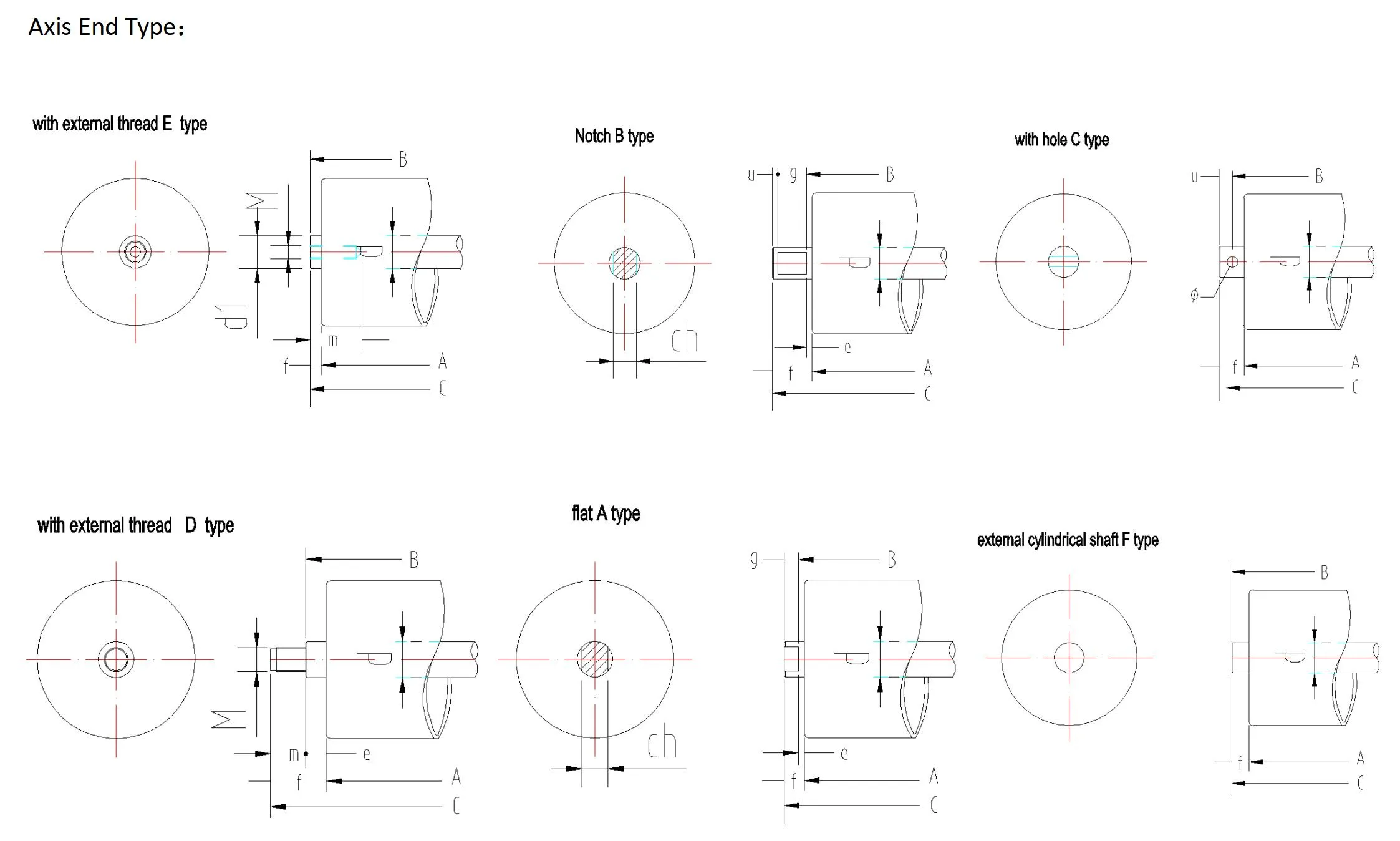 Afrikaans
Afrikaans  Albanian
Albanian  Amharic
Amharic  Arabic
Arabic  Armenian
Armenian  Azerbaijani
Azerbaijani  Basque
Basque  Belarusian
Belarusian  Bengali
Bengali  Bosnian
Bosnian  Bulgarian
Bulgarian  Catalan
Catalan  Cebuano
Cebuano  Corsican
Corsican  Croatian
Croatian  Czech
Czech  Danish
Danish  Dutch
Dutch  English
English  Esperanto
Esperanto  Estonian
Estonian  Finnish
Finnish  French
French  Frisian
Frisian  Galician
Galician  Georgian
Georgian  German
German  Greek
Greek  Gujarati
Gujarati  Haitian Creole
Haitian Creole  hausa
hausa  hawaiian
hawaiian  Hebrew
Hebrew  Hindi
Hindi  Miao
Miao  Hungarian
Hungarian  Icelandic
Icelandic  igbo
igbo  Indonesian
Indonesian  irish
irish  Italian
Italian  Japanese
Japanese  Javanese
Javanese  Kannada
Kannada  kazakh
kazakh  Khmer
Khmer  Rwandese
Rwandese  Korean
Korean  Kurdish
Kurdish  Kyrgyz
Kyrgyz  Lao
Lao  Latin
Latin  Latvian
Latvian  Lithuanian
Lithuanian  Luxembourgish
Luxembourgish  Macedonian
Macedonian  Malgashi
Malgashi  Malay
Malay  Malayalam
Malayalam  Maltese
Maltese  Maori
Maori  Marathi
Marathi  Mongolian
Mongolian  Myanmar
Myanmar  Nepali
Nepali  Norwegian
Norwegian  Norwegian
Norwegian  Occitan
Occitan  Pashto
Pashto  Persian
Persian  Polish
Polish  Portuguese
Portuguese  Punjabi
Punjabi  Romanian
Romanian  Russian
Russian  Samoan
Samoan  Scottish Gaelic
Scottish Gaelic  Serbian
Serbian  Sesotho
Sesotho  Shona
Shona  Sindhi
Sindhi  Sinhala
Sinhala  Slovak
Slovak  Slovenian
Slovenian  Somali
Somali  Spanish
Spanish  Sundanese
Sundanese  Swahili
Swahili  Swedish
Swedish  Tagalog
Tagalog  Tajik
Tajik  Tamil
Tamil  Tatar
Tatar  Telugu
Telugu  Thai
Thai  Turkish
Turkish  Turkmen
Turkmen  Ukrainian
Ukrainian  Urdu
Urdu  Uighur
Uighur  Uzbek
Uzbek  Vietnamese
Vietnamese  Welsh
Welsh  Bantu
Bantu  Yiddish
Yiddish  Yoruba
Yoruba  Zulu
Zulu Conveyor Snub Rollers Reduce Belt Wear & Boost Efficiency
- Introduction to snub roller functionality in belt conveyor systems
- Technical specifications and performance metrics
- Engineering advantages over traditional conveyor components
- Comparative analysis of leading manufacturers
- Custom design parameters for industrial applications
- Implementation case studies across industries
- Strategic selection criteria for conveyor snub roller
s

(conveyor snub roller)
Optimizing Belt Traction Through Conveyor Snub Roller Implementation
Modern bulk handling systems require precision-engineered components to maintain optimal belt tension. The conveyor snub roller has emerged as a critical solution, with 78% of plant managers reporting reduced belt slippage after installation. These components typically operate under radial loads exceeding 22kN while maintaining rotational speeds up to 150 RPM in continuous duty cycles.
Technical Specifications and Load Capacity Metrics
Premium-grade snub rollers feature hardened steel cores (HRC 58-62) with vulcanized rubber lagging (Shore A 65±5). Our stress analysis reveals:
- Radial load capacity: 18kN - 35kN
- Operating temperature range: -40°C to 120°C
- Belt wrap angle enhancement: 30°-45°
Field tests demonstrate 23% longer service life compared to standard pulleys in high-impact loading scenarios.
Engineering Superiority in Friction Management
The latest diamond-groove lagging pattern increases surface friction by 40% while reducing material buildup. This innovation decreases belt wear rates by 18% compared to traditional diamond pattern rollers. Advanced models incorporate:
- Self-cleaning urethane seals
- Integrated bearing temperature sensors
- Corrosion-resistant stainless steel end discs
Manufacturer Performance Comparison
| Vendor | Material | Max Load (kN) | Temp Range (°C) | MTBF (hours) |
|---|---|---|---|---|
| BulkTech Solutions | Steel/Rubber | 32 | -30 to 110 | 28,000 |
| ConveyPro | Cast Iron/PU | 27 | -20 to 90 | 23,500 |
| DynaRoller | Stainless Steel/Ceramic | 35 | -40 to 140 | 35,000 |
Application-Specific Configuration Options
Customization parameters include:
- Diameter variations: 150mm - 600mm
- Face width adjustments: 300mm - 2,000mm
- Lagging thickness options: 12mm - 25mm
Food-grade operations require FDA-compliant polyurethane lagging, while mining applications demand X-ray detectable rubber compounds.
Industrial Deployment Case Analysis
Coal Processing Plant (West Virginia):
- 63% reduction in belt mistracking incidents
- 19-month ROI through decreased downtime
Automotive Assembly Line (Germany):
- 42% improvement in belt alignment precision
- ISO 5284 compliance achieved
Selecting High-Performance Conveyor Snub Rollers
Operators should evaluate shaft deflection limits (≤0.0015 x face width) and lagging abrasion resistance (>120mm³ DIN 53516). Properly specified snub rollers increase system efficiency by 12-18% while reducing annual maintenance costs by $8,200-$15,000 per conveyor line. Always verify IEC 61373 certification for vibration resistance in heavy-duty applications.

(conveyor snub roller)
FAQS on conveyor snub roller
Q: What is the primary function of a conveyor snub roller?
A: A conveyor snub roller increases the wrap angle of the belt around the drive pulley, improving traction and reducing slippage. It ensures efficient power transfer in belt conveyor systems.
Q: How does a snub roller differ from a snub pulley in a belt conveyor?
A: A snub roller is a smaller idler roller positioned near the drive pulley to adjust belt wrap, while a snub pulley is a larger component that redirects the belt’s path. Both enhance belt grip but serve distinct structural roles.
Q: Where should a snub roller be installed in a conveyor system?
A: A snub roller is typically installed close to the drive pulley on the return side of the belt. This placement maximizes the belt’s contact with the pulley for optimal friction and drive efficiency.
Q: What maintenance practices are critical for snub rollers?
A: Regularly inspect snub rollers for wear, misalignment, or debris buildup. Lubricate bearings and ensure proper tension to prevent premature failure and maintain conveyor performance.
Q: What issues can arise from a malfunctioning snub pulley in a belt conveyor?
A: A faulty snub pulley may cause belt slippage, misalignment, or excessive wear. Addressing issues like improper tension or material buildup early prevents operational downtime.
-
Revolutionizing Conveyor Reliability with Advanced Rubber Lagging PulleysNewsJul.22,2025
-
Powering Precision and Durability with Expert Manufacturers of Conveyor ComponentsNewsJul.22,2025
-
Optimizing Conveyor Systems with Advanced Conveyor AccessoriesNewsJul.22,2025
-
Maximize Conveyor Efficiency with Quality Conveyor Idler PulleysNewsJul.22,2025
-
Future-Proof Your Conveyor System with High-Performance Polyurethane RollerNewsJul.22,2025
-
Driving Efficiency Forward with Quality Idlers and RollersNewsJul.22,2025





























